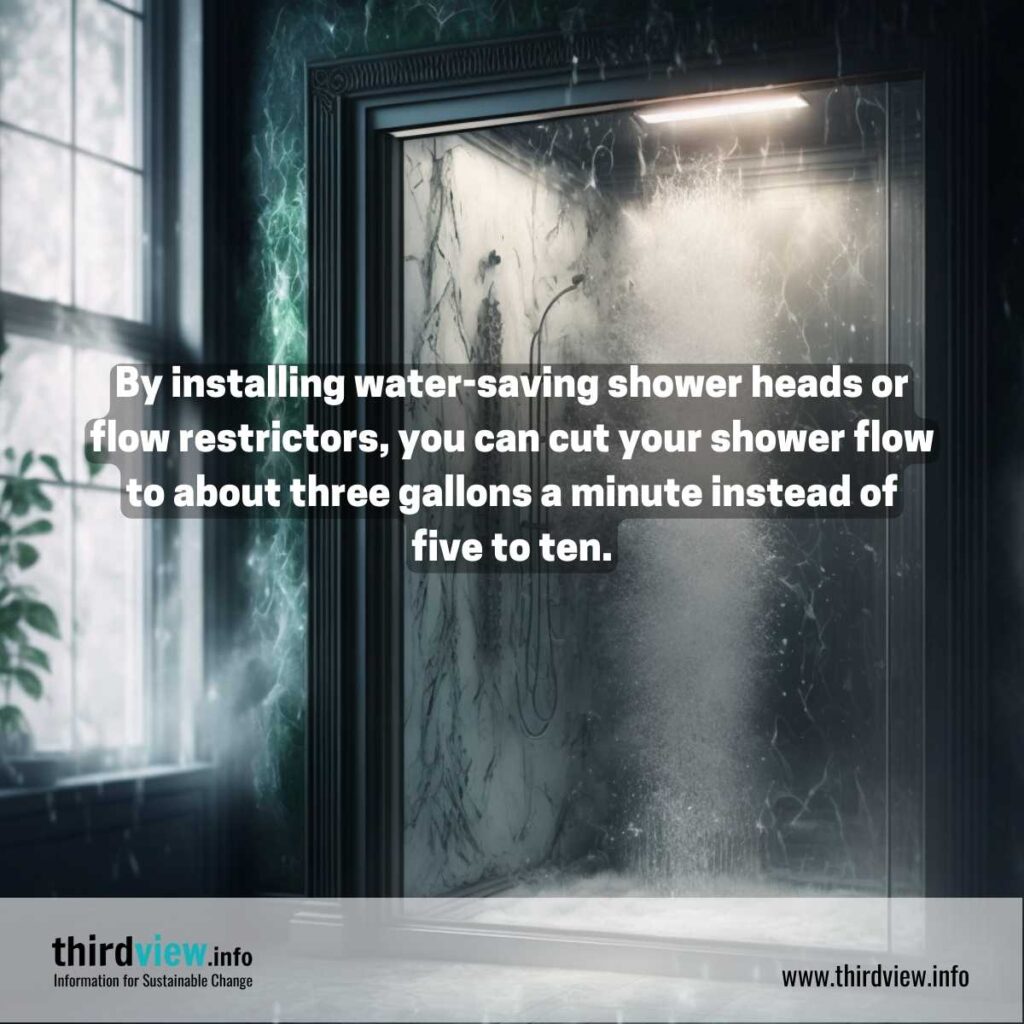The Best Guide To Reclaim Waste
Wiki Article
8 Simple Techniques For Reclaim Waste
Table of ContentsNot known Factual Statements About Reclaim Waste The Basic Principles Of Reclaim Waste Top Guidelines Of Reclaim Waste7 Easy Facts About Reclaim Waste DescribedFacts About Reclaim Waste Uncovered
Domestic sewage waste refers to the waste and items from a residential septic container. The proper administration and disposal of domestic sewage waste require liquid waste to be transferred to a sewer treatment plant where the proper approaches and devices are used to detoxify and dispose of waste.
Commercial waste often consists of possible hazards, such as combustible materials or a mix of liquid and strong waste items, and needs a much more sophisticated and in-depth disposal process. The disposal of commercial waste typically includes the purification of waste prior to transport to guarantee secure and correct disposal. Industrial waste is created from by-products and overflow of commercial procedures and manufacturing.
This sort of waste can not utilize the very same sewage administration transport or procedures as septic or commercial fluids. The hazardous waste management process needs the evaluation and screening of liquid waste prior to it undertakes the disposal procedure (industrial wastewater treatment). Drainage waste is the liquid waste that originates from overflow and excess stormwater in extremely inhabited areas or cities
Overflow waste can trigger contamination and flooding otherwise taken care of appropriately. Find out more regarding drain cleaning and waste administration. Making sure correct waste monitoring can prevent disasters and decrease ecological harm. Both individuals in residential settings and professionals in industrial or manufacturing sectors can gain from comprehending the procedures and guidelines of liquid waste administration.
Unknown Facts About Reclaim Waste
Get in touch with PROS Solutions today to learn more about our waste administration and disposal solutions and the correct methods to look after the liquid waste you create.(https://reclaimwaste1.start.page)Do you know what occurs to your water when you draw the plug, purge the bathroom or drain pipes the cleaning maker? No? Well, it deserves recognizing. This so-called 'wastewater' is not only a crucial resource however, after therapy, will certainly be released to our land, waterways or the sea. Used water from toilets, showers, baths, cooking area sinks, laundries and industrial procedures is called wastewater.

water used to cool down machinery or tidy plant and devices). Stormwater, a type of wastewater, is overflow that flows from agricultural and metropolitan locations such as roofs, parks, gardens, roads, paths and gutters into stormwater drains pipes, after rainfall. Stormwater flows neglected directly to neighborhood creeks or rivers, eventually reaching the sea.
Reclaim Waste Things To Know Before You Buy
In Queensland, a lot of wastewater is dealt with at sewage therapy plants. Wastewater is carried from domestic or industrial websites through a system of drains and pump terminals, referred to as sewerage reticulation, to a sewer therapy plant. Local governments build, keep and run most sewer therapy plants. Operators are licensed under the Environmental Security Act 1994 to release cured wastewater at an acceptable ecological requirement right into rivers.The Department of Natural Resources recommends city governments about handling, operating and keeping sewage systems and therapy plants. In unsewered areas, regional governments might need householders to mount private or household sewage therapy systems to treat domestic wastewater from bathrooms, kitchens, washrooms and washings. The Department of Natural Resources authorises the use of household systems when they are shown to be effective.
In some brand-new class, treatment of some stormwater to remove trash, sand and gravel has actually begun using gross pollutant traps. Wastewater therapy happens in 4 phases: Gets rid of solid issue.
Makes use of tiny living microorganisms knows as micro-organisms to damage down and remove continuing to be liquified wastes and great particles. Micro-organisms and wastes are incorporated in the sludge.
Indicators on Reclaim Waste You Should Know
Nutrient elimination is not available at all sewage therapy plants because it requires pricey specialist tools. Clear liquid effluent produced after therapy might still include disease-causing micro-organisms - liquid waste removal.
Most wastewater flows into the sewerage system. Under the Act, neighborhood governments provide approvals and permits for ecologically relevant tasks (Ages) entailing wastewater launches that may have a local influence.
About Reclaim Waste
Otherwise, samples are taken for laboratory evaluation. Commonly numerous tests are needed to develop the levels of each of the different toxins such as oils, hefty steels and pesticides in water. Monitoring offers factual details regarding water top quality and can confirm that licence conditions are being met. The information acquired through monitoring gives the basis for making water high quality choices.Report this wiki page